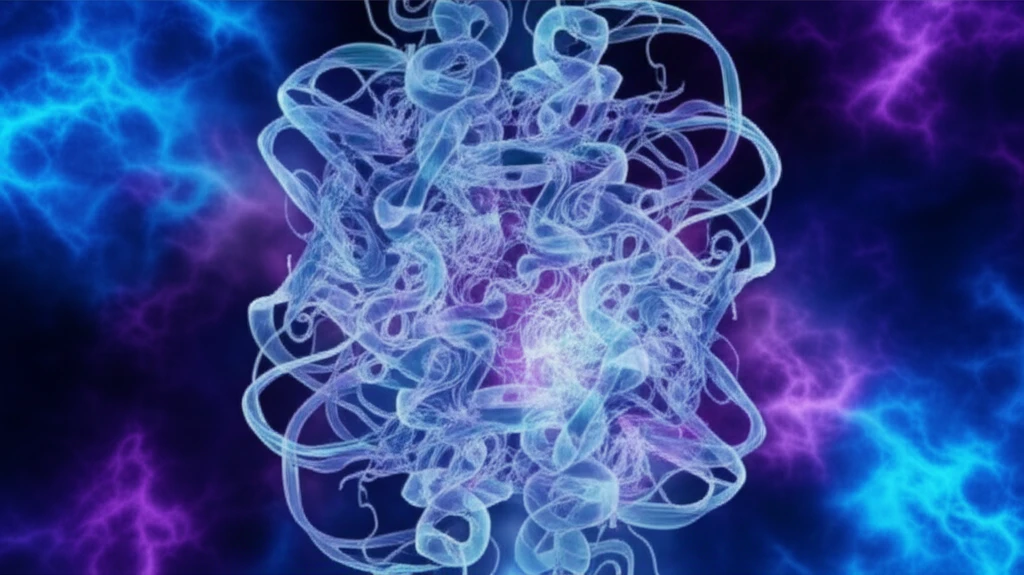
Unlocking the Secrets of HuBChE: A New Era in Detoxification and Therapeutics
"Cryo-EM structure reveals how this native enzyme tetramer holds promise for treating nerve agent exposure, addiction, and obesity."
In the intricate world of biochemistry, enzymes play pivotal roles in maintaining health and fighting disease. Among these, cholinesterases, particularly acetylcholinesterase (AChE) and butyrylcholinesterase (BChE), are essential for nerve function and overall well-being. While AChE primarily terminates nerve transmission, BChE has broader functions, including detoxification and even regulation of appetite.
Butyrylcholinesterase (BChE) has emerged as a promising therapeutic candidate. It can neutralize organophosphates, the toxic chemicals found in nerve agents and pesticides. It also shows potential in combating addiction by breaking down drugs like cocaine and heroin. Recent studies even suggest BChE can reduce obesity by inactivating ghrelin, the hunger hormone. The key to BChE's effectiveness lies in its structure, particularly its ability to form tetramers—complexes of four BChE molecules.
A team of scientists has successfully mapped the structure of native human BChE (HuBChE) tetramers using cryo-electron microscopy (cryo-EM). This high-resolution imaging technique reveals the tetramer’s architecture, offering insights into its stability and function. Published in the Proceedings of the National Academy of Sciences (PNAS), this research provides a foundation for designing new therapies and improving existing treatments.
What Makes the HuBChE Tetramer Special?

The study reveals that the HuBChE tetramer is a 'dimer of dimers,' meaning it consists of two pairs of BChE molecules joined together. This unique arrangement is stabilized by a superhelical assembly involving tryptophan amphiphilic tetramerization (WAT) helices from each subunit. These WAT helices wind around a central lamellipodin-derived oligopeptide, a proline-rich attachment domain (PRAD) that forms a polyproline II helix.
- Detoxification: HuBChE's ability to hydrolyze organophosphates makes it a valuable tool against nerve agent and pesticide exposure.
- Addiction Treatment: By breaking down addictive substances like cocaine and heroin, HuBChE offers a potential therapeutic avenue for addiction.
- Obesity Management: HuBChE can inactivate ghrelin, the hunger hormone, suggesting a role in obesity management.
- Extended Half-Life: The tetrameric structure of HuBChE contributes to its long circulatory half-life, essential for effective therapeutic applications.
Implications for Future Therapies
The high-resolution structure of the HuBChE tetramer provides a blueprint for designing more effective therapies. By understanding how the tetramer assembles and maintains its stability, scientists can engineer modified versions of HuBChE with enhanced properties. For example, it may be possible to create HuBChE variants with longer circulatory half-lives or improved catalytic activity. The tetramerization mechanism observed in HuBChE could also be applied to other therapeutic proteins, extending their effectiveness and broadening their applications.
